The Automotive Dream “One man and his dream had not simply left the world with an engine and four wheels; Henry Ford and his Model T had influenced people's everyday lives - where they lived, how they spent their leisure time, even how they viewed themselves.” - Gary...
Carrozzeria Ghia
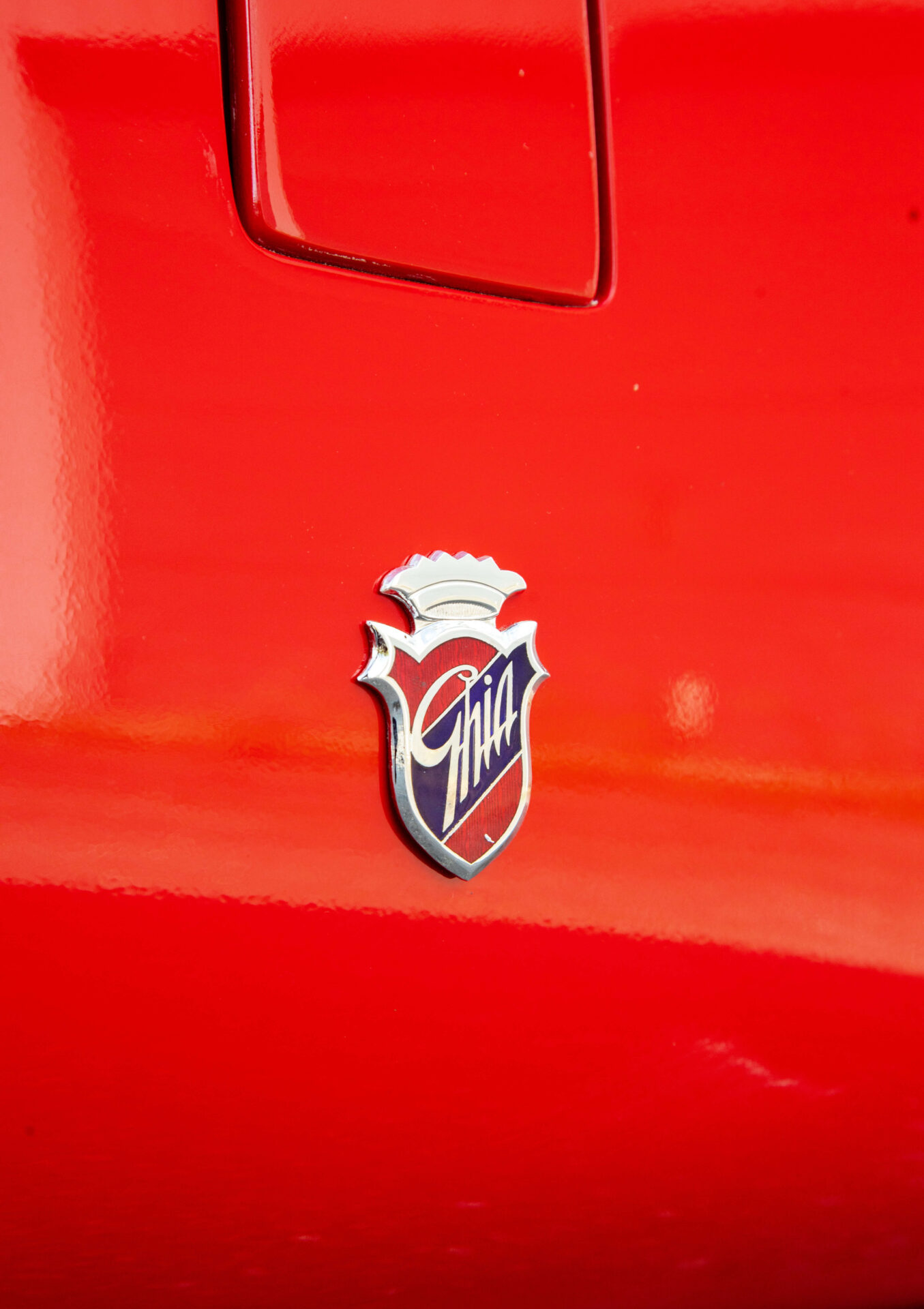
Photo credit - Good Vision Prod
Recent posts
Lagonda 16/80 Special Six 1933
English Touring The car we present to you this week is the Lagonda 16/80 Special Six in the Demers Car Collection. Lagonda was a luxury British car brand that Aston Martin eventually absorbed. Through its association with Aston Martin, it is sometimes hard to remember...
An Introduction to Lagonda
Before Aston Martin “The history of Lagonda cars is synonymous with sophistication, opulence, and groundbreaking performance” - An article for Discovery UK Today, we may recognize the name Lagonda from its association with Aston Martin. Before these two brands...
Cadillac Model A 1903
The Standard of the World “No other American car on the market in the first decade of the century was constructed to higher standards than Cadillac.” - Stephen W. Sears in The Automobile in America Some of you may know that Cadillac has long had the slogan “Standard...
An Introduction
“These were the original dream cars” – Martin Buckley & Chris Rees in The World Encyclopedia of Cars
Researching Ghia, you quickly encounter an endless list of car models signed by the Italian coachbuilder. This extensive list of cars, spanning decades of business, and of such diverse car builders as Chrysler, Fiat and Alfa Romeo, shows Ghia’s influence. It isn’t surprising to learn that Ghia is one of Italy’s best coachbuilders. On this blog, we try to celebrate the humans behind the machines so this blog post recounts the founding story of the Italian coachbuilder from its foundation by Giacinto Ghia, its growth under Luigi Segre’s control to its final sale to Ford.
Giacinto Ghia
Before getting into coachbuilding, Giacinto Ghia was a mechanic and test driver for Rapid (Società Torinese Automobili Rapid or STAR) and later a test driver for Diatto. In this later role, he got into a serious accident that broke both of his legs and ended his career as a pilot. In 1915, he remained in the automotive sphere by establishing in Turin, Italy the coachbuilder Carrozzeria Ghia & Gariglio with partner Giovanni Gariglio.
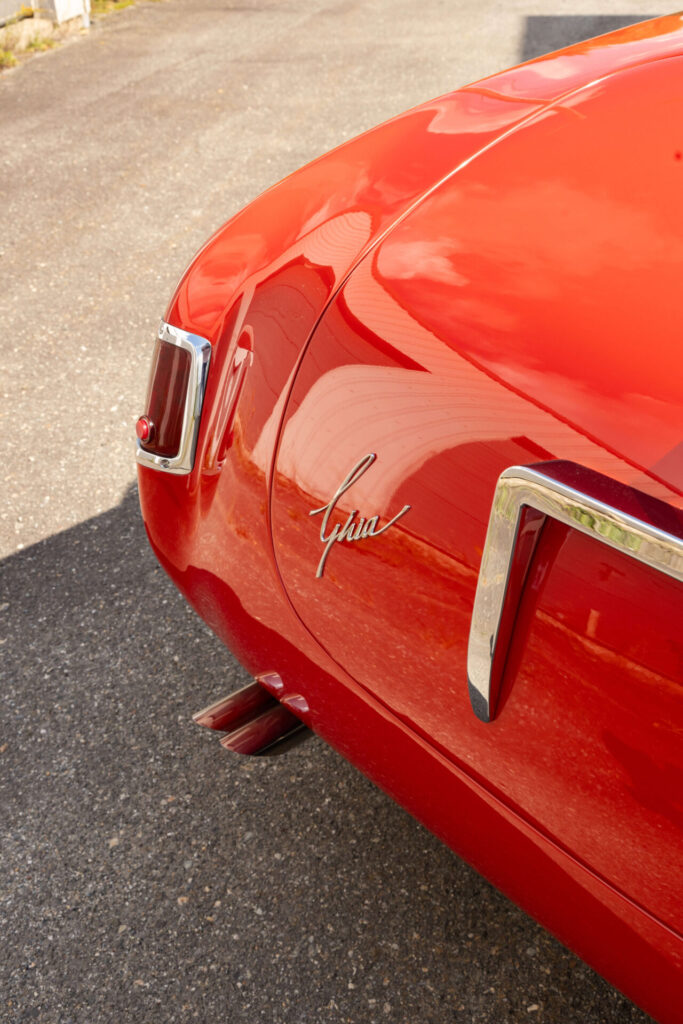
The Carrosseria became known for its refined, lightweight aluminum cars. It made dream cars by providing high-quality coachwork for high-quality chassis. The use of aluminum, a lightweight material, improved car speed. Ghia coached an Alfa Romeo 6C 1500 that won in its category at the 1929 Mille Miglia race. This win brought fame to the Italian design house. The Gariglio name was eventually dropped as the company structure changed. During this period, Carrozzeria Ghia worked on chassis from Alfa Romeo, Fiat and Lanci. Most of their work were one-offs built for wealthy clients, but some designs like the Fiat 501 Spider, made in about 2600 units, were made in series.
World War II and the Transition Years
Giacinto and Ghia prospered until the outset of the Second World War. The company survived the war years by converting production to bicycles and by contributing to the war effort. It produced carts for the Italian army. In 1943, Ghia lost its factory to a bombing raid. It is said that the stress of this loss and his subsequent efforts to rebuild contributed to a heart attack that caused Giacinto’s death at the age of 56 in 1944. After his passing, Giacinto’s wife, Santina Ghia, gave control of the family business to Giorgio Alberti and Felice Mario Boano.
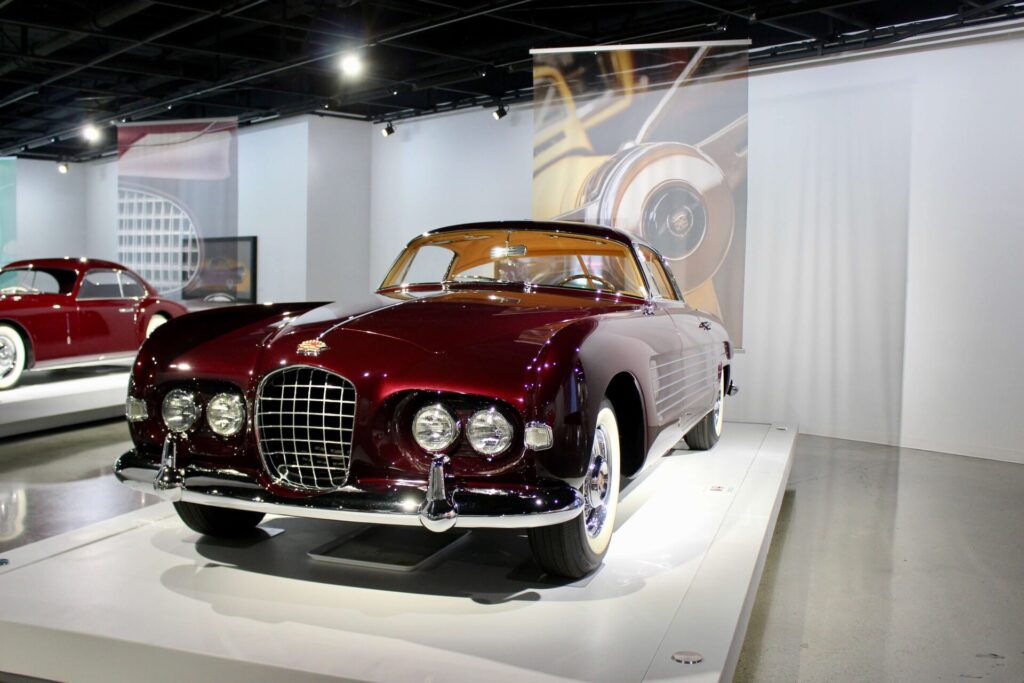
Alberti was Giacinto’s brother-in-law and had taken managerial duties during the war years. Boano had risen through the ranks as a capable designer and was named in Giancinto’s will. After some hesitation, Boano accepted this role. His most significant contribution to the brand was to push the brand to produce bold designs that garnered international recognition in Coucours d’Elegance. While Alberti gave his shares to Boano in 1947, Boano stayed at the head of the Carrozzeria until disagreements with then-chief engineer and designer Luigi Segre motivated his exit in 1953.
Luigi Segre
Born in Naples, Segre took over the ownership of Ghia in 1954. The Carrozzeria’s business model in the 1950s and 1960s was to design some of the most eye-catching designs in automobile history that they would then sell to manufacturers. With the use of a wind tunnel, the Italian design house became an expert in aerodynamics. In this period, Ghia developed its avant-gardist reputation. This was also when foreign manufacturers like Ford, Volkswagen, Renault and Chrysler started adopting Ghia designs. But most of Ghia’s out-of-this-world designs never made it into production.
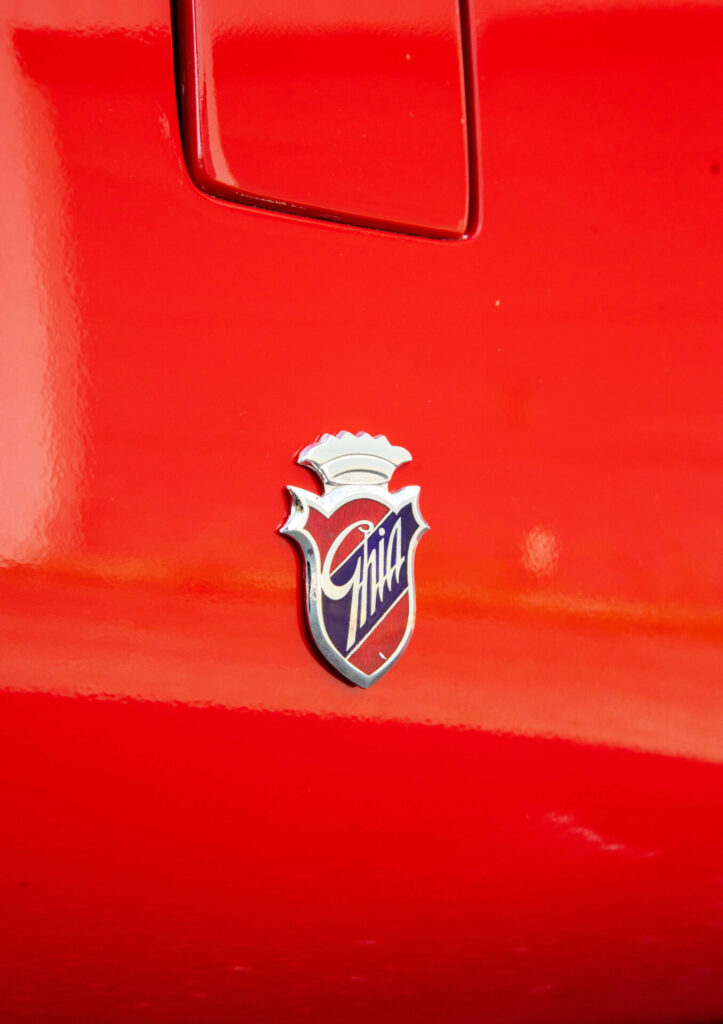
In the 1950s, Segre built on a relationship with Chrysler that Baono had previously established. Ghia’s 15-year collaboration with Chrysler was one of its most important ones and resulted in 18 Chrysler Ghia Special models. Ghia was Chrysler’s design house of choice to produce concept cars. In a marketing coup, Chrysler exhibited three Ghia-made prototypes in front of the Chrysler Building in New York City during the Christmas holidays of 1955. The attraction brought over 1.5 million visitors. Although these prototypes weren’t made in series, they influenced the future of design at Chrysler.
Despite this international interest, Ghia production always remained low, preserving its exclusivity status. In 1963, Segre died unexpectedly at the age of 43 years old. At this point, ownership of Ghia quickly passed to Ramfis Trujillo in 1966, then to Alejandro de Tomaso in 1967 and finally to the Ford Motor Company in 1970.
Ford
Ford’s rule over Ghia marked the end of the Carrosseria’s independence. Renowned designers Giorgetto Giugiaro and Tom Tjaarda worked under Ford’s Ghia design house to produce Ford’s dream cars. Ford’s mainstream range also offered the Ghia name as the firm’s top trim level. This practice started in 1973 and ended in 2010 with the British market being its last receiver. To the best of our knowledge, although Ford seems to have abandoned the badge, they haven’t officially declared the end of Ghia.
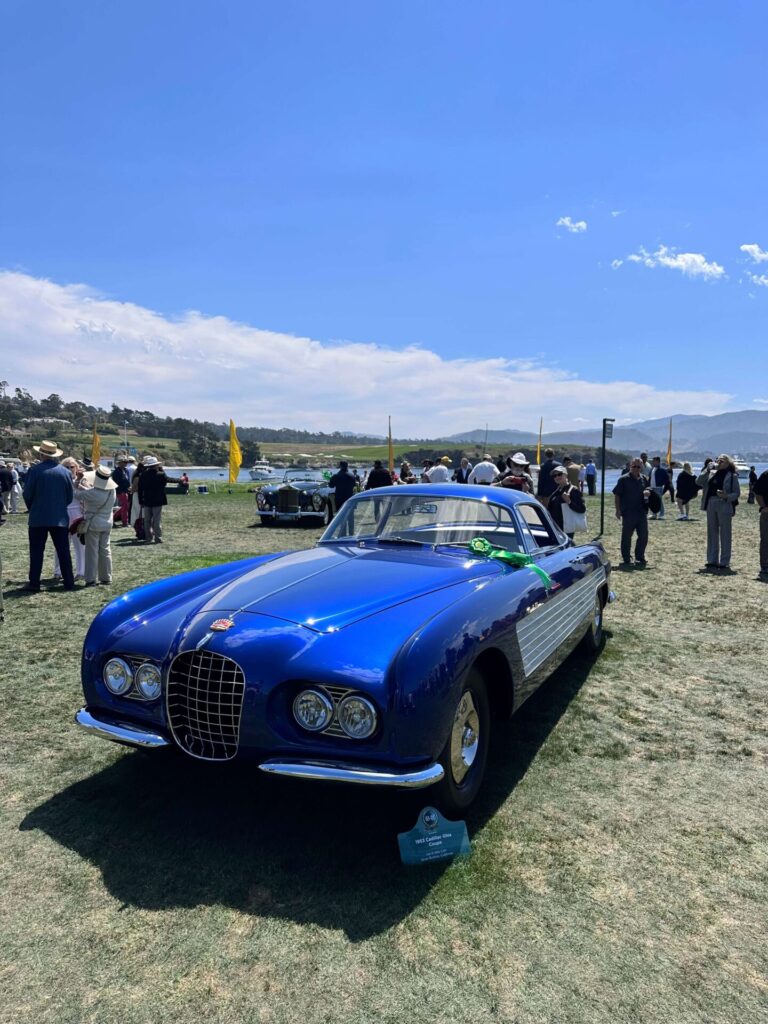
What Now
Ghia assured its legacy as one of the most adventurous and avant-gardist Italian coachbuilders. More than a badge, Ghia represents the story of human excellence: from its early years producing some of Italy’s most respected custom-built aluminum bodies, to the dream cars of the 1950s and 1960s. The Demers Car Collection is lucky to have one of Ghia’s creations: an Alfa Romeo 6C 2500. This is one of the cars we feature on our private guided tours and the subject of next week’s blog post. To never miss Currus Dreems news, follow us on Facebook and Instagram.



